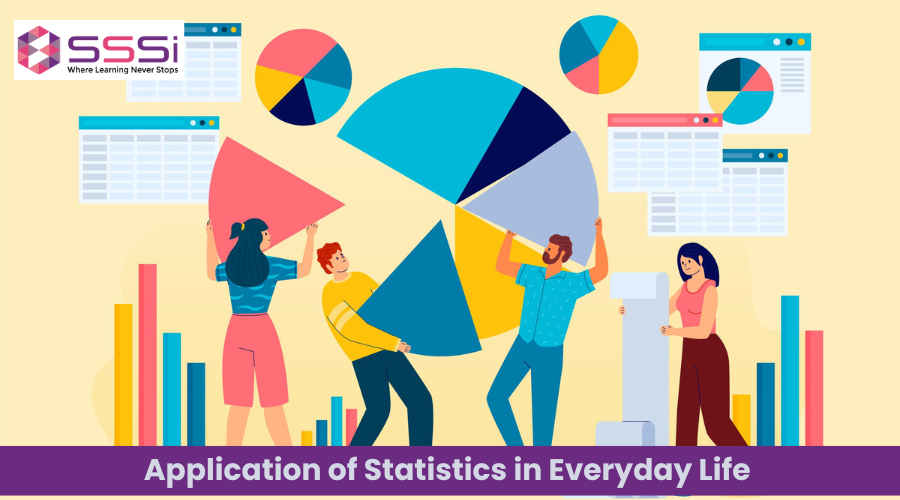-
Online Tuition
- Class 1
- Class 2
- Class 3
- Class 4
- Class 5
- Class 6
- Class 7
- Class 8
- Class 9
-
Class 10
- Hindi
- English
- Maths
- Economics
- Accounts
- Political Science
- Information Technology
- Geography
- Science
- History
- Civics
- Physics
- Chemistry
- Biology
- Computer Science
- French
- Sanskrit
- Mughal Empire
- Trigonometry
- Arithmetic Progressions
- Coordinate Geometry
- Psychology Well-being
- Quadratic Equations
- Probability
- Surface Areas and Volumes
- Real Numbers
- Circles
- Polynomials
- Linear Equations
-
Class 11
- English
- Maths
- Entrepreneurship
- Sociology
- Accounts
- Business Studies
- Information Practices
- Physical Education
- Fine Arts
- Biotechnology
- Psychology
- Economics
- History
- Chemistry
- Biology
- Geography
- Physics
- Computer Science
- Political Science
- EVS
- Statistics
- Political Science CBSE
- Civics
- Intellectual Property Rights
- Home Science
- C++ Foundation Course
- Inorganic Chemistry
- Physical Chemistry
- Organic Chemistry
- Partnership accounts
- Company Accounts
- Accounting Principles
- Journal Entry
- Hindi
- Social Science
- Science
-
Class 12
- English
- Maths
- Accounts
- Entrepreneurship
- Information Practices
- Business Studies
- Fine Arts
- Physical Education
- Biotechnology
- Psychology
- Economics
- History
- Geography
- Computer Science
- Biology
- Chemistry
- Physics
- Political Science
- Statistics
- EVS
- Civics
- Intellectual Property Rights
- Home Science
- Physical Chemistry
- Inorganic Chemistry
- Current Electricity
- Wave Optics
- Organic Chemistry
- Electromagnetic Induction
- Ray Optics and Optical Instruments
- Dual Nature of Radiation and Matter
- Semiconductor Electronics
- Communication Systems
- Alternating Current
- Electrostatics and Capacitance
- NCERT
-
Courses
- Academics
-
Beyond Academics
- Music
- Abacus
- Vedic Maths
- Handwriting Improvement
- Personality Development
- Phonic Courses
- Rubik’s Cube
- Art & Craft
- Robotics
- Digital Literacy
- Financial Literacy
- Mental Reasoning
- Artificial Intelligence
- Python
- Data Science
- Machine Learning
- Creative Writing
- English Comprehension
- Nutrition
- Data Analytics
- Environmental Science and Sustainability
- Cartography
- Essay Writing
- Chatbot App Development
- Digital Content Creation
- R Language
- Competitive Exam
- Olympiad
- Skill Development
- Books Solutions

Statistics play a crucial role in our everyday lives, helping us make informed decisions and understand complex situations. But the first question that arises in everyone’s mind is “what do you understand by statistics?” From healthcare to weather forecasting, sports analytics to environmental studies, statistics are used to collect, analyze, and interpret data to guide actions and improve outcomes. In healthcare, statistics aid in making informed decisions regarding treatment options and disease management. Weather forecasting relies on statistical models to predict future conditions based on historical data. In sports, statistics evaluate player performance and inform strategies.
Additionally, statistics are used in safety and security, traffic management, personal finance, and even entertainment. Whether monitoring household energy use or making financial decisions, statistics provide valuable insights that help individuals and organizations make smarter choices. By understanding patterns, trends, and probabilities, statistics class 12 enhances efficiency, safety, and overall quality of life, making them an essential tool in modern society. Here are the applications of Statistics in Everyday Life:
1. Healthcare and Medical Research
In the medical field, statistics are essential for assisting physicians and researchers in making well-informed judgments. The application of statistical analysis guarantees precision and saves lives in everything from clinical trials to monitoring disease outbreaks.
- For instance: During the COVID-19 pandemic, statistics assisted researchers in forecasting the virus's spread and assessing the efficacy of vaccines.
- How it operates: To help with decision-making, information about infections, recoveries, and therapies is gathered, examined, and displayed.
2. Weather Forecasting
Statistics play a major role in weather forecasting. To generate forecasts, meteorologists examine both current and historical weather trends.
- For instance: One of the statistics example is the weather app on your smartphone that makes predictions about whether it will rain tomorrow based on statistical models.
- How it operates: To provide forecasts, statistical algorithms are used to examine data from sensors, weather stations, and satellites.
3. Sports Analytics
One of the most fascinating uses of statistics is in sports. It is used by coaches and teams to evaluate player performance, create plans, and even find fresh potential.
- For instance: In basketball, assist rates and shooting percentages are crucial metrics that are utilized to enhance team tactics.
- How it works: During games, information on team and player performance is gathered and examined to gain insights.
4. Safety and Security
Statistics enhance safety and security by analyzing data on accidents and cybersecurity, helping identify patterns, reduce risks, and implement preventive measures in various areas of life, from traffic to digital security.
- For instance: local governments identify hazardous crossings and install improved traffic lights or signage based on traffic accident statistics.
- How It Operates:
- Information is gathered on events like thefts, accidents, and cyberattacks.
- Patterns are revealed by statistical analysis, such as accident peak periods or typical system vulnerabilities.
- These insights are used to conduct preventive measures.
5. Traffic Management
To lessen traffic and increase road safety, cities employ traffic statistics. This entails examining vehicle traffic and pinpointing trouble spots.
- For instance: One of the application of statistics is the statistical data regarding peak traffic hours is used to create smart traffic lights.
- How it operates: In order to plan road improvements and modify signals, data from cameras and traffic sensors is gathered, examined, and utilized.
6. Household and Daily Life
Statistics help us examine data about shopping, utility use, and even meal planning, which simplifies and improves routine household decisions.
- For instance: a family analyzes data on electricity usage to pinpoint times of high demand and modify routines to save energy costs.
- How It Operates: Utility companies offer comprehensive use reports that break down gas, water, and electricity consumption.
- Families can utilize this information to modify their habits, such as using less energy during peak hours.
7. Entertainment and Leisure
In the entertainment industry, applied statistics are important since they help with decisions about things like gaming, event planning, and movie recommendations.
- For instance: statistics are used by streaming services like Netflix and Spotify to suggest music or television programs based on customer interests.
- How It Operates:
- User data, including viewing or listening history, is analyzed by platforms.
- Personalized recommendations are made using statistical techniques such as collaborative filtering.
8. Personal Finance Management
Additionally, one of the applications of statistics in real life is personal finance management because they enable people to make well-informed choices regarding investing, saving, and spending. People can make budgets, establish financial objectives, and make future plans by examining their income and expenses.
- For instance: To find out how much they can save or invest, a person tracks their monthly expenses using a budgeting app.
- How It Operates:
- Financial information is documented, including earnings, expenses, and spending patterns.
- To assist people in understanding their financial situation, statistical tools compute averages, trends, and projections.
- There are suggestions for maximizing savings, cutting back on wasteful spending, and making emergency plans.
9. Environmental Studies
Understanding environmental changes such as air and water pollution, deforestation, and climate change requires the use of statistics. By analyzing data from research, sensors, and satellites, statistics help identify patterns and trends, enabling scientists to track environmental issues, predict future changes, and inform decision-making for better conservation efforts.
- For instance: scientists track global warming and forecast future temperature changes using statistical models.
- How it operates: To find patterns and trends, data from field research, satellites, and sensors is evaluated.
Conclusion
In conclusion, statistics are an integral part of everyday life, helping us make informed decisions and understand complex situations. From healthcare and weather forecasting to sports analytics, traffic management, and personal finance, statistics guide us in optimizing outcomes and improving efficiency. Whether it's predicting trends, evaluating performance, or enhancing safety, statistical analysis provides valuable insights in various fields. By interpreting data and recognizing patterns, statistics help individuals and organizations make smarter choices, contributing to better decision-making, resource management, and overall quality of life in modern society. Additionally, students can turn to SSSI Tutoring Services for online tuition classes and academic support.





